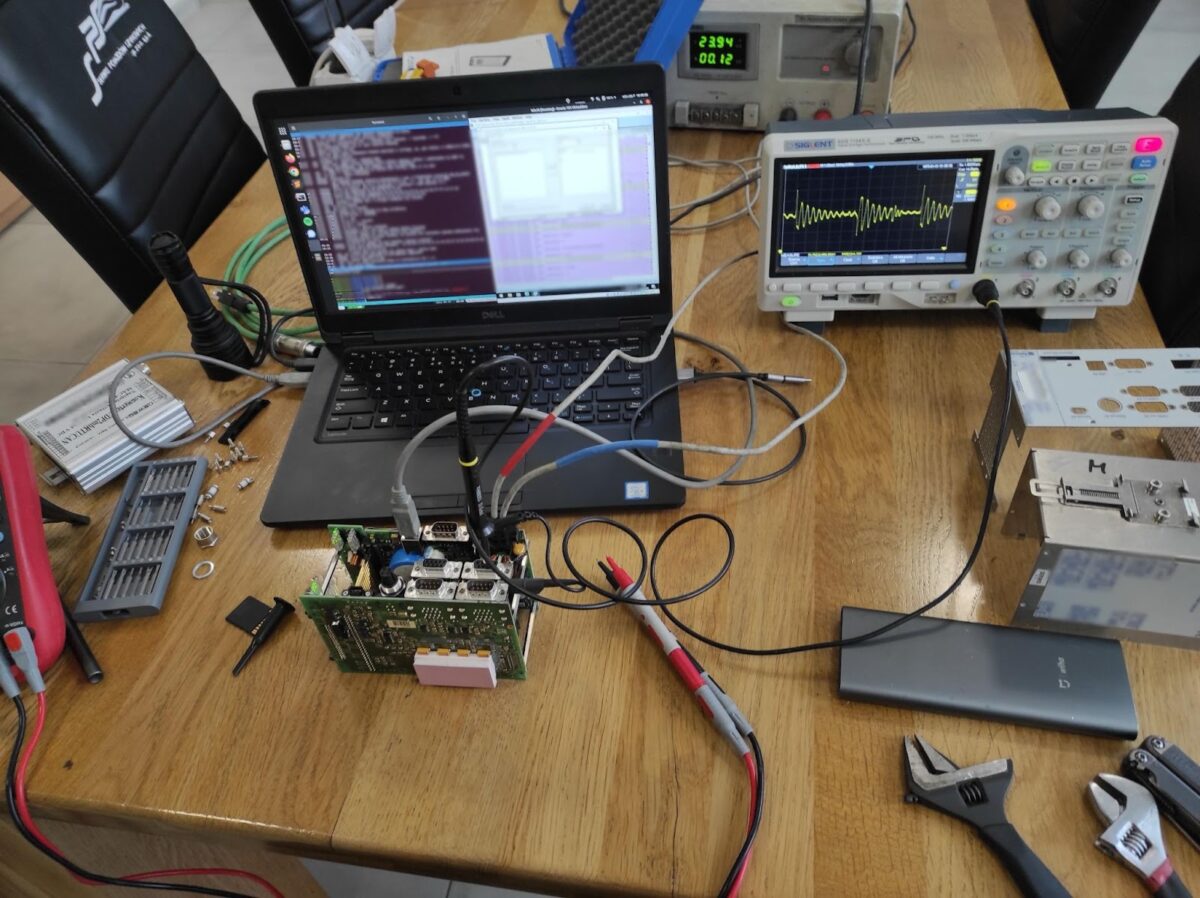A train manufactured by a Polish company suddenly broke down during maintenance. The experts were helpless – the train was fine, it just wouldn’t run. In a desperate last gasp, the Dragon Sector team was called in to help, and its members found wonders the train engineers had never dreamed of. Continue reading “Dieselgate, but for trains – some heavyweight hardware hacking”
Dieselgate, but for trains – some heavyweight hardware hacking
[this is an English translation of the original article in Polish, we occasionally publish the best cyber stories from Poland in English]


